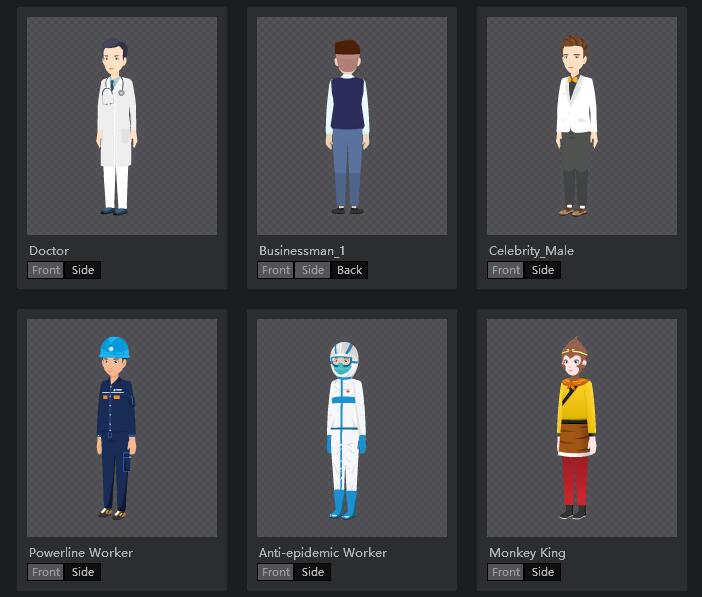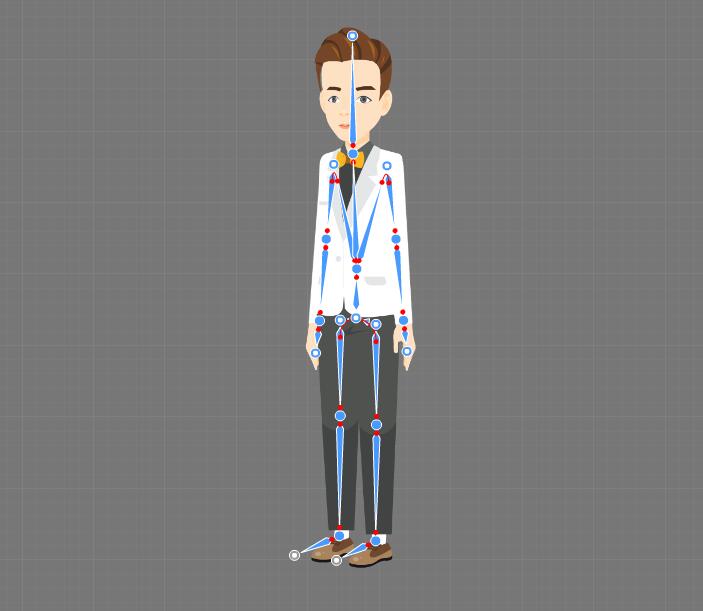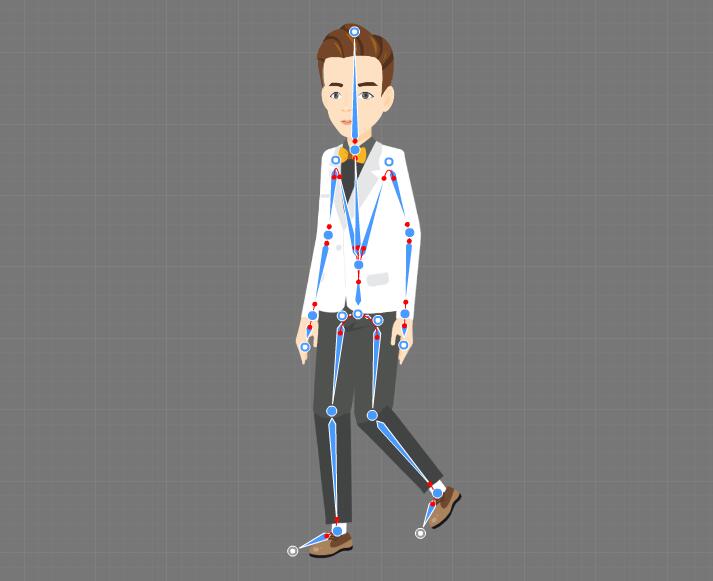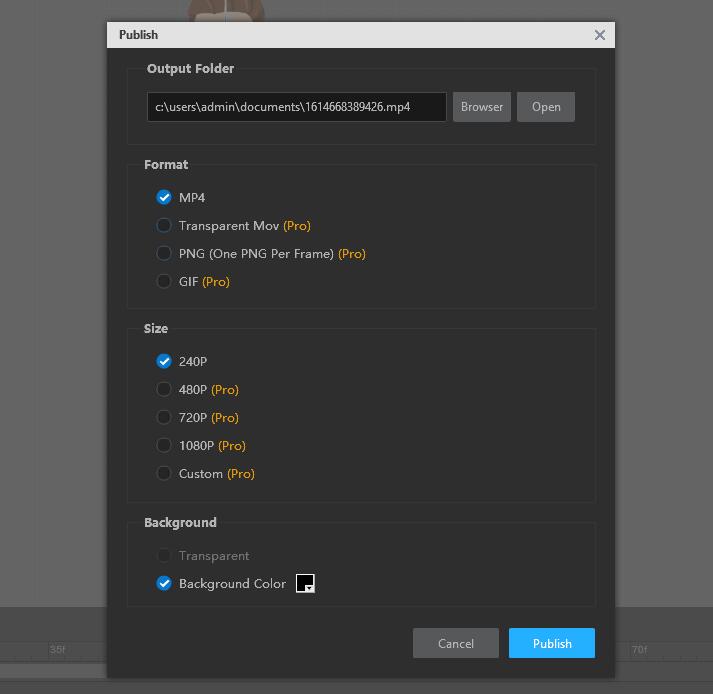Siete stanchi di usare solo immagini statiche nei vostri video di animazione e cercate di renderli più dinamici e vivaci, in modo che il vostro pubblico sia più interessato? Ecco un modo per aiutarvi a risolvere questo problema. Ovvero, trasformare la vostra immagine statica in un personaggio scheletrico ed energico che possa compiere diverse azioni nei vostri video e attirare l'attenzione dei vostri fan. Ma come?", vi chiederete. Ecco la risposta. Dovete trovare un potente creatore di animazioni scheletriche 2D che vi aiuti a trasformare le immagini in un cartone animato vivace figura che può essere esportata in vari formati e utilizzata in diverse situazioni. Mango Animate Software di animazione scheletrica 2D è uno dei creatori di personaggi che eccelle nel trasformare immagini statiche in personaggi animati dinamici. In questo post del blog, vedremo esattamente cos'è il software di animazione scheletrica 2D e come creare un personaggio scheletrico in 3 minuti usandolo.
What is 2D skeletal animation software?
Il software di animazione scheletrica 2D è un fantastico creatore di personaggi che trasforma un'immagine fissa in una vivida figura da cartone animato. Che tu sia un principiante o un professionista, puoi facilmente creare una figura energica utilizzando il software di animazione scheletrica 2D. I movimenti del personaggio sono ottenuti dal principio del movimento del corpo, ovvero muoviamo le nostre ossa per ottenere un'azione specifica. Quindi aggiungiamo ossa al personaggio per renderlo vivo.
How to use 2D skeletal animation software to make moveable character in 3 minutes?
Ecco quattro passaggi per creare un personaggio scheletrico.
- Passaggio 1: importa o seleziona un'immagine del personaggio adatta.
Apri il software e importa l'immagine del personaggio. Se non si dispone di un'immagine preparata, è possibile trovare un carattere preimpostato appropriato in un'ampia libreria di caratteri incorporata nel software.
- Passaggio 2: aggiungi ossa ai personaggi
Le ossa sono essenziali per far muovere il personaggio, quindi dovresti essere attento e paziente quando aggiungi ossa alle immagini del tuo personaggio. Il principio fondamentale è che le ossa che hai aggiunto dovrebbero consentire al tuo personaggio di compiere le azioni previste. Forse puoi fare la stessa azione per scoprire quale parte del corpo deve muoversi e aggiungere ossa all'immagine di conseguenza. Oppure se scopri che la stessa azione è apparsa nella straordinaria libreria della struttura ossea preimpostata, puoi semplicemente trascinare l'opzione per applicarla al tuo personaggio.
- PASSO 3: Personalizza e anima il personaggio
Tieni a mente il movimento previsto che vuoi che faccia il tuo personaggio. Quindi scomponi il movimento e seleziona le posture principali che costruiscono l'intero movimento. Dopo aver avuto un'idea chiara, aggiungi il fotogramma chiave nella timeline in base alle posture principali. In questa fase, il software di animazione scheletrica 2D ti offre anche fino a 100 vividi modelli di movimento che puoi trascinare e usare direttamente per far muovere il tuo personaggio. Ricordati di visualizzare in anteprima l'azione e modificarla in tempo per far funzionare il personaggio in modo più fluido.
- PASSO 4: Esporta e condividi
Se il tuo personaggio è pronto per essere conosciuto dal pubblico, puoi esportarlo in vari formati, utilizzarlo in diverse situazioni e condividerlo con i tuoi amici e fan tramite MOV, MP4, PNG, GIF e così via.
Conclusion
È una realtà che l'immagine statica utilizzata nei video animati è probabile che sia obsoleta e non attiri più l'attenzione delle persone. Quindi è importante rendere dinamico il personaggio nel video per divertire di più il pubblico. Vale a dire, imparare come crea un personaggio scheletrico 2d è ormai essenziale per i videomaker. Spero che tu abbia imparato a creare personaggi scheletrici in 3 minuti con questo eccellente software di animazione scheletrica 2D.
Inizia a creare un video esplicativo animato



